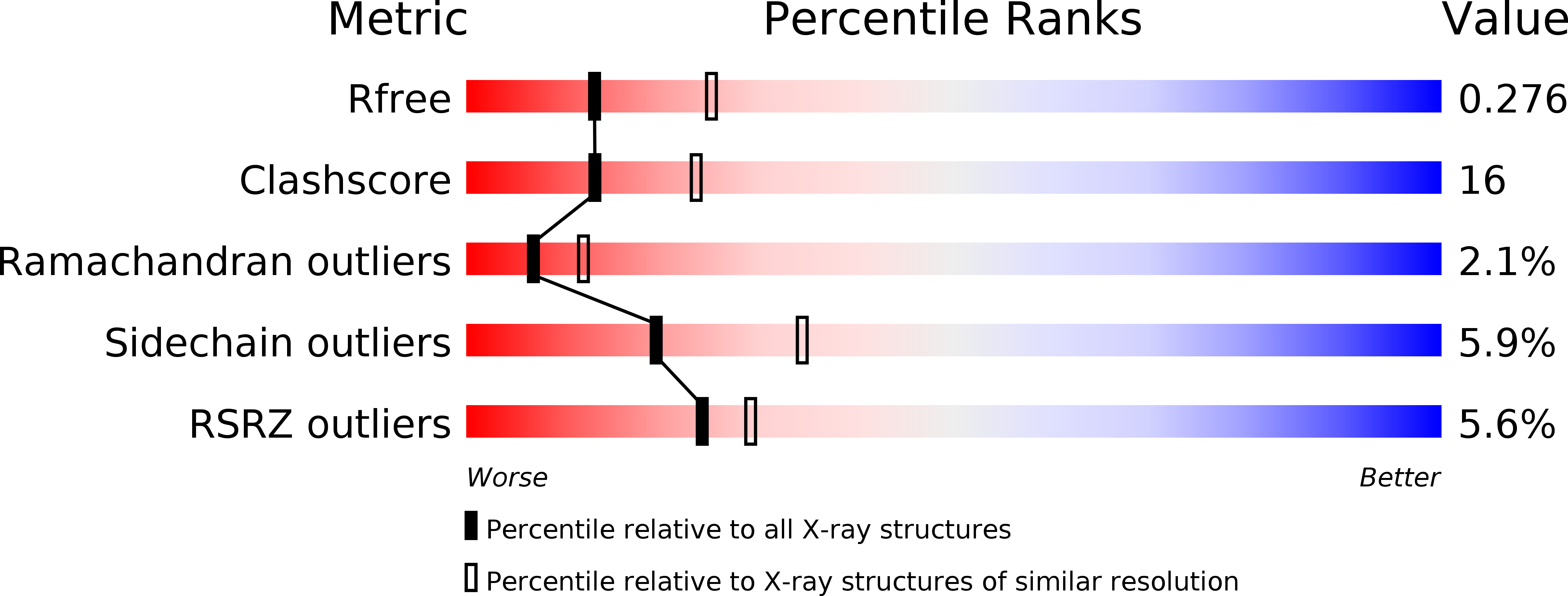
Deposition Date
2000-07-27
Release Date
2000-10-04
Last Version Date
2024-10-30
Entry Detail
PDB ID:
1FG2
Keywords:
Title:
CRYSTAL STRUCTURE OF THE LCMV PEPTIDIC EPITOPE GP33 IN COMPLEX WITH THE MURINE CLASS I MHC MOLECULE H-2DB
Biological Source:
Source Organism:
Mus musculus (Taxon ID: 10090)
Host Organism:
Method Details:
Experimental Method:
Resolution:
2.75 Å
R-Value Free:
0.27
R-Value Work:
0.23
Space Group:
P 1 21 1


